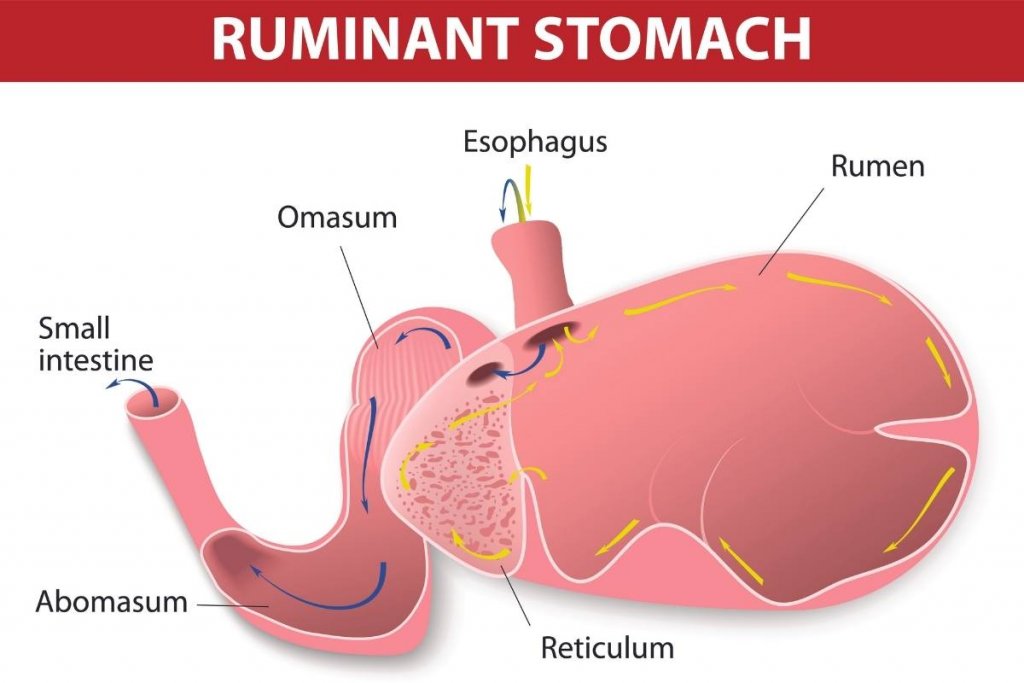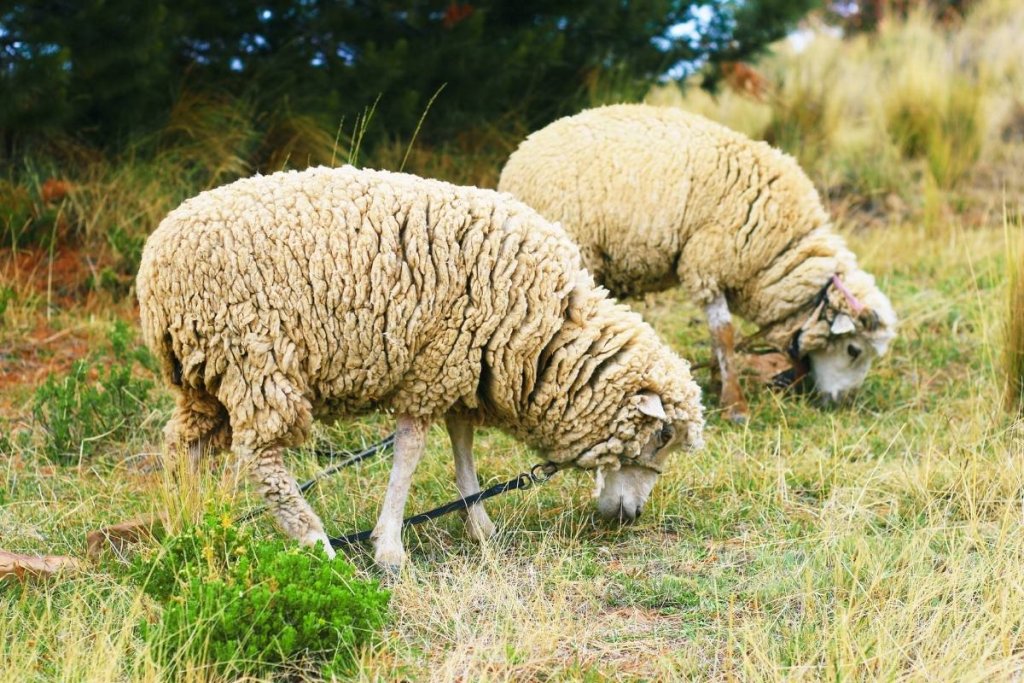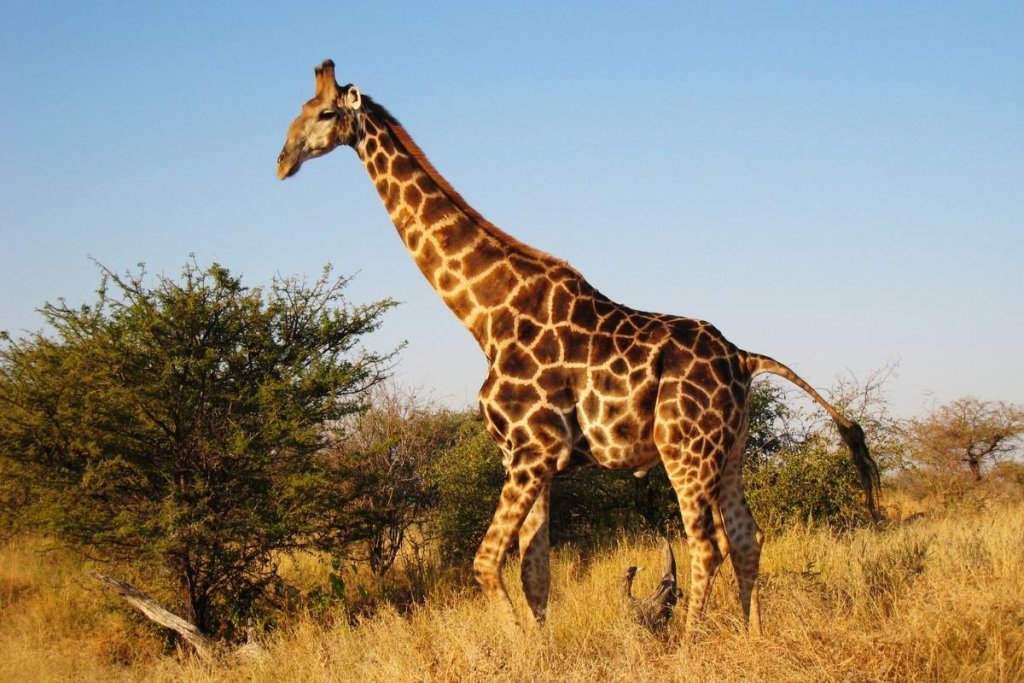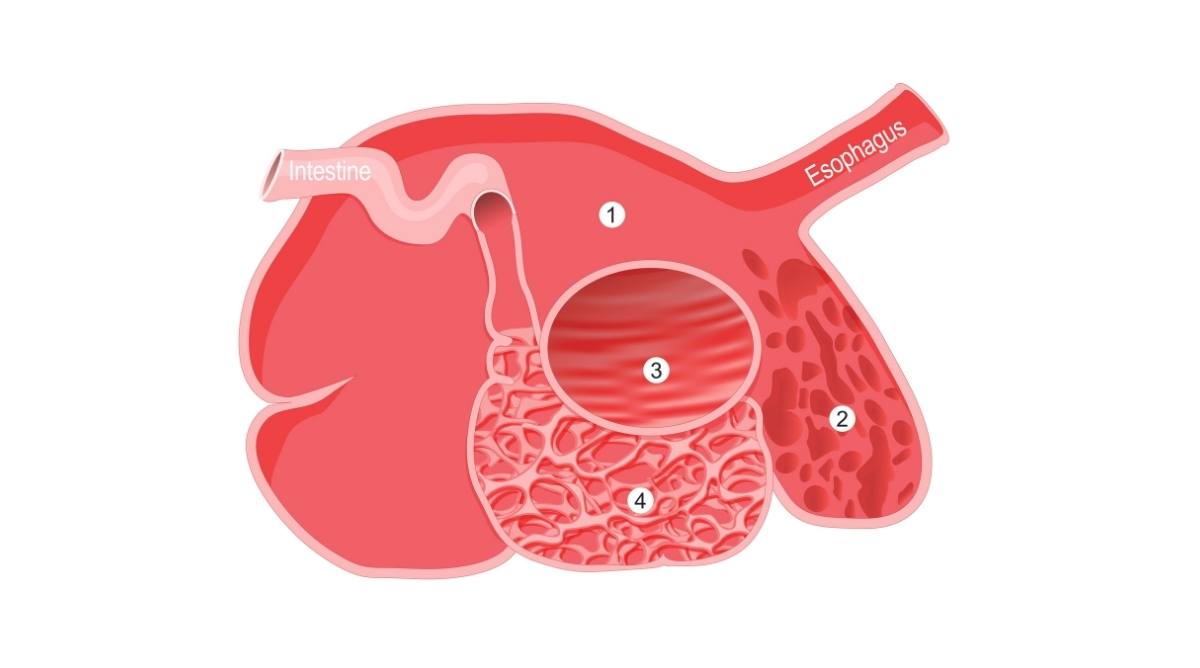Sheep have one stomach with four parts. Like cows, goats, and other ruminants, sheep have a specialized digestive system. Their food is fermented in the stomach before returning to the mouth as cud, which their digestive system reprocesses for maximum nutrient absorption.
Table of Contents
Sheep have one stomach with four parts
It’s a common misconception that sheep and other ruminants (like cows) have four stomachs. Rather, sheep have one stomach with four compartments: the rumen, reticulum, omasum, and abomasum.
Swallowed food passes through the esophagus to the sheep’s stomach. It’s left there to ferment before being regurgitated as “cud” to be chewed and swallowed again.
How are sheep and human stomachs different?
Humans and other monogastric (or “one stomach”) animals have a different digestive system than sheep and other ruminants.
The monogastric system breaks down all food inside the “true stomach.” From there, it passes through the small and large intestines directly.
By contrast, the sheep’s digestive system has many more parts and processes.
Overview of a sheep’s stomach

Rumen
The rumen stores and ferments food. It is essentially a fermentation vat with millions of “good” bacteria. These microorganisms help break down the sheep’s fibrous foods.
Reticulum
The reticulum mixes and filters food. Fermented food from the rumen mixes with newly swallowed food in the reticulum.
The reticulum has a distinctive honeycomb-like lining that absorbs some of the water from the food, and also sorts the smaller food particles from the bigger ones. Only food particles that are small enough can pass through the reticulum to the next compartment.
Omasum
The omasum absorbs all the water from the food. The lining of the omasum has many layers, like a book with many pages. Almost no digestive activity happens in the omasum.
Abomasum
The abomasum is known as the “true” stomach. It works similarly to the single stomachs of non-ruminant animals. In the abomasum, food is completely broken down with the help of digestive enzymes, acids, and other secretions.
How a sheep’s ruminant digestive system works

- Sheep eat. Sheep and other ruminants and herbivores eat quickly. They graze or forage, chew for a bit, and swallow to increase the surface area of the food with cellulose.
- Swallowed food goes to the rumen. In the rumen, it is fermented. This fermentation starts the digestion of the food. This partially-digested food is called cud. The process of chewing cud is called rumination. This is why sheep are called ruminants.
- Cud goes back to the sheep’s mouth. After about an hour, stomach muscles push cud back to the sheep’s mouth to be chewed again. The stomach only pushes up cud when the sheep is resting and not actively grazing.
- Sheep chew their cud. Sheep can now take their time to chew the cud because they are at rest. Healthy adult sheep chew their cud for several hours a day. This extended cud chewing grinds the cud down into smaller particles.
- Cud is digested again. Once the cud particles are small enough, they will pass through the reticulum, go through the omasum, and finally get digested in the abomasum.
- The abomasum breaks down the cud. The abomasum secretes the acids, volatile fatty acids, amino acids, microbial protein, hydrochloric acid, and enzymes needed to break down the cud.
- Digested food goes to the small intestine. All nutrients are absorbed here.
- Waste is excreted. Whatever remains is then excreted as byproducts in the form of methane, manure, and urine that may cause bloat if not eliminated.
How food is digested in each compartment
Food is first digested in the rumen. The microbes present in the rumen help the food ferment. This microbial fermentation process breaks down the sheep’s fibrous foods, like grass, silage, and hay.
Almost no digestion happens inside the reticulum and the omasum. They are the compartments that help sort, prepare, and transport food.
Much of the digestive process happens in the abomasum. The lining of the abomasum has glands that secrete acids and various enzymes that digest the food.
Other animals that have stomachs with four compartments

There are around 200 known species of ruminants and pseudo-ruminants. All ruminants have one stomach with four compartments.
Ruminants are made up of six families in the animal kingdom:
Chevrotains
Chevrotains are also called mouse-deer. They are small, hoofed mammals common in Southeast and South Asia and in West and Central Africa.
Some species of mouse-deer include:
- Water chevrotain
- Yellow-striped chevrotain
- Indian spotted chevrotain
- Philippine mouse-deer
- Williamson’s mouse-deer
- Lesser mouse-deer
- Greater mouse-deer
Giraffids
There are only two species of giraffids: giraffes and okapis.
Giraffes and okapis look different but have many similar features, like lobed canine teeth, long, dark tongues, and skin-covered horns.
Pronghorns
Pronghorns belong to the antilocapridae family. Sadly, all other species are extinct.
Pronghorns look much like antelopes, but they are different animals.
Musk deer
Musk deer are different from “true” deer. Musk deer live only in Asia. All European species are extinct.
Cervids
Cervids are the family of deer and their close relatives, including:
- Elks
- Muntjacs
- Fallow deer
- Red deer
- Moose
- Roe deer
- White-tailed deer
- Reindeer
Bovids
Bovids are the largest family of cloven-hoofed animals. Sheep are bovids.
Aside from sheep, some other bovids include:
- Impalas
- Hartebeests
- Hirolas
- Wildebeests
- Gazelles
- Antelopes
- Bison
- Cattle
- Yaks
- Buffalos
- Elands
- Ibexes
- Goats
- Oryxes

